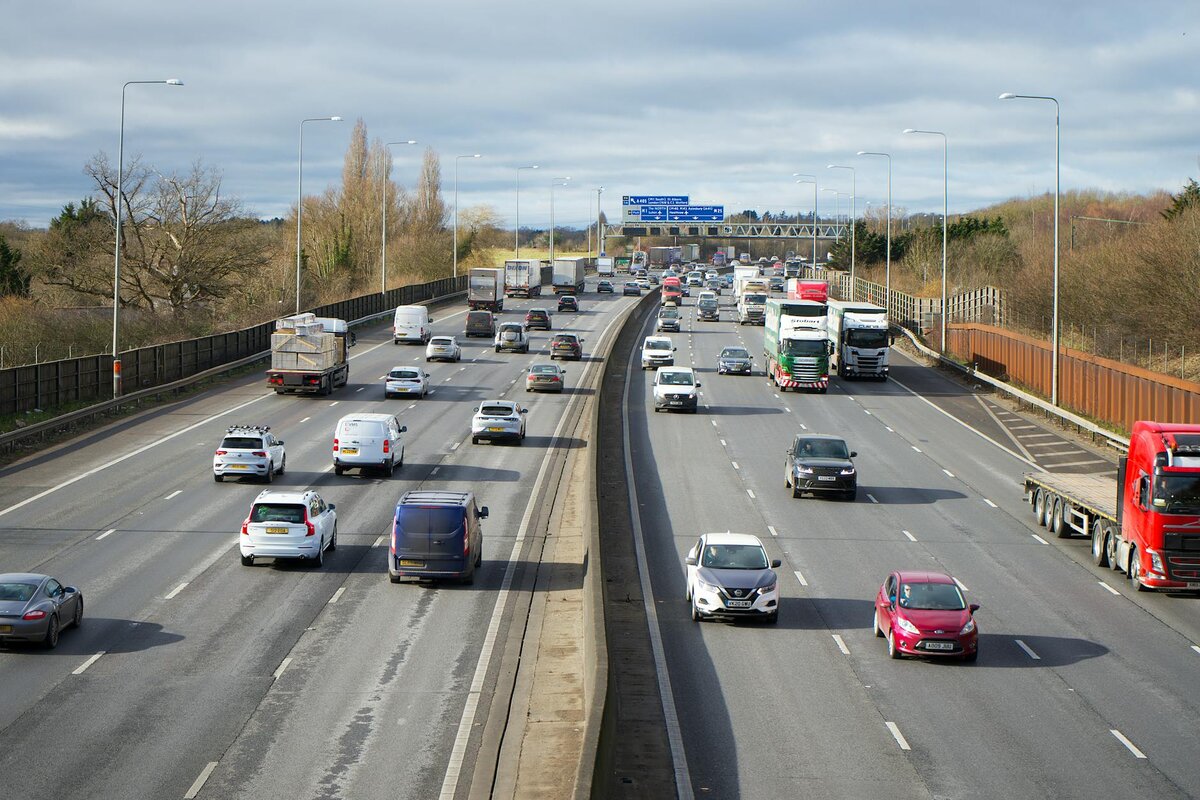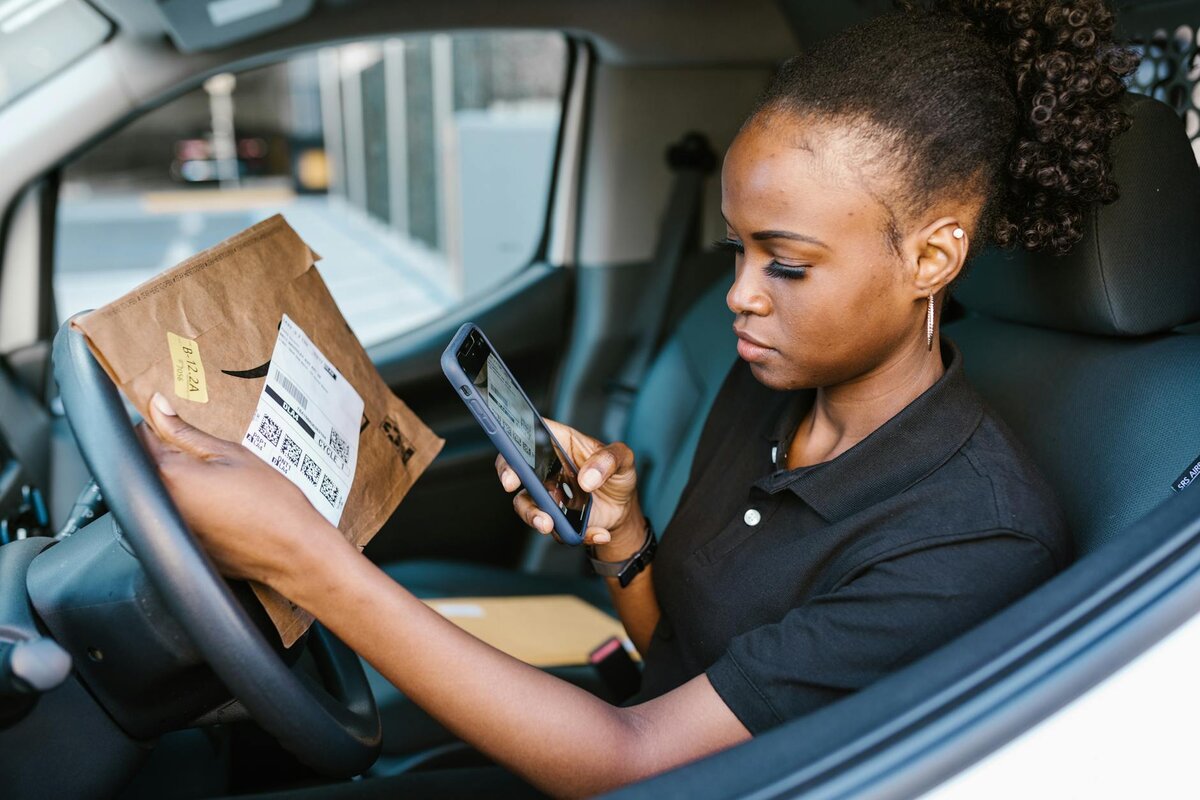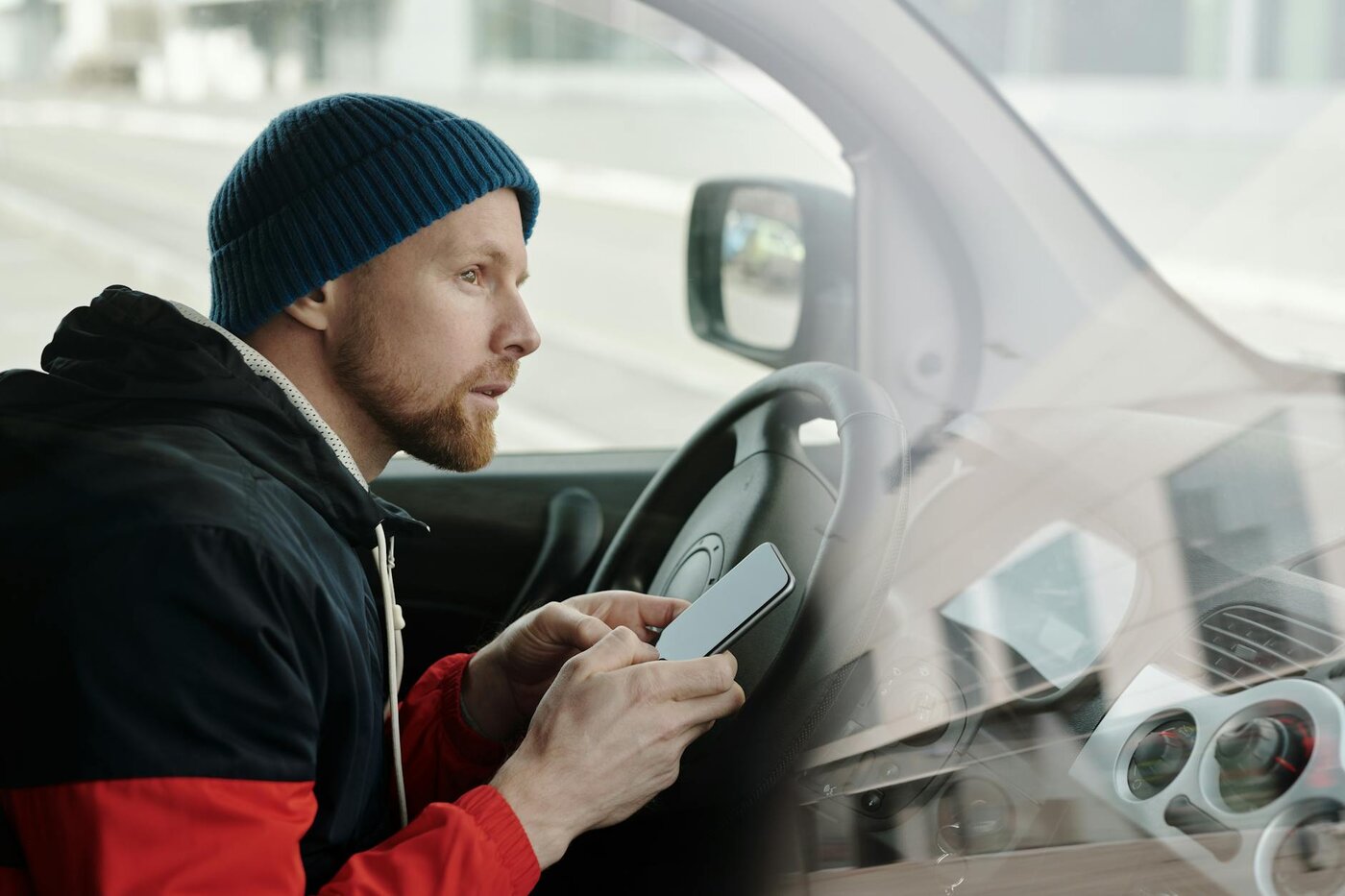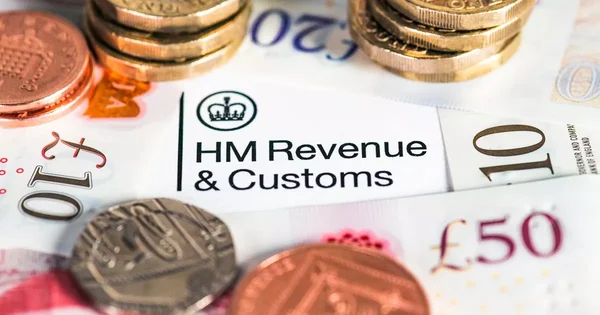Let’s Break This Down Together...
Missing out on claiming mileage for your work trips? The rules can be confusing, and the last thing you want is to leave money on the table.
In this guide, we’ll walk you through HMRC’s mileage allowance rates for 2024/25, what counts as business mileage, and how to claim whether you’re employed or self-employed. We’ll also cover special cases like electric vehicles and how to maximise your tax relief.
By the end, you’ll know exactly what you can claim and how to do it confidently. Let’s dive in.
What Are Mileage Allowance Payments?
Mileage Allowance Payments (MAPs) are tax-free payments your employer can give you by paying mileage allowance payments when you use your own vehicle for work trips. They’re designed to reimburse you as an employee for the costs of running your vehicle for business use and business related travel. In addition to MAPs, some employers may offer a car allowance or car allowances as alternative ways to compensate employees for using their own vehicle for work purposes.
These payments cover everything from fuel and insurance to repairs, depreciation, general wear, maintenance costs, and business expenses, and are calculated based on HMRC mileage rates. Employers are responsible for reimbursing employees for business mileage, and these reimbursements are typically tax-free if they do not exceed HMRC’s approved standard rates or the same rate for all employees.
Current UK Mileage Allowance Rates (2024/25)
For the 2024/25 tax year, the standard HMRC mileage rates, set by the UK government, remain the same as previous years. Many businesses have relied on these previous rates for calculating mileage reimbursements and ensuring compliance. For cars and vans, including any van used for business travel, HMRC allows 45p per mile for the first 10,000 business miles in each tax year.
After that, the rate drops to 25p per mile, regardless of engine sizes for most vehicles. Motorcycle users can claim a flat rate of 24p per mile, while cyclists can claim 20p per mile for business travel. There is also a passenger rate of 5p per mile for each colleague you carry on business journeys.
These passenger payments are tax-free up to the HMRC limit, encouraging car sharing and helping to reduce carbon emissions. These rates have not changed since 2011, so businesses have continued to rely on them for mileage reimbursement unless HMRC announces future updates. Some employees may choose to use public transport for business travel, and employers may have policies in place to reimburse such expenses.
What Counts as Business Mileage?
Not all driving qualifies for mileage claims. Only trips that qualify as business related travel are eligible for mileage allowance. To be clear, only those trips qualify where the journey is for business use, such as travel between workplaces or to temporary work locations. Your regular commute to a permanent workplace isn’t eligible – HMRC considers this private travel.
However, journeys between different workplaces definitely count when using your own vehicle or a company vehicle for business purposes. So do trips to temporary workplaces where you expect to work for less than 24 months. If you receive a car allowance instead of using a company car, you can still claim mileage for qualifying business journeys in your own vehicle.
Client meetings, site visits, and business errands all qualify as business mileage when undertaken in private vehicles or a company vehicle. Even trips to the post office to send work mail can be claimed.

Company Cars and Policy
Company cars are a popular benefit for employees who regularly travel for business purposes. A well-defined company car policy is essential for both employers and employees, as it sets out the rules for using a company car, eligibility requirements, and the process for claiming business mileage.
This policy should clearly outline how business mileage is calculated, the approved mileage rates for company cars, and the procedures for tax-free reimbursement. Employers must ensure that their company car policy aligns with HMRC regulations to avoid any tax issues and to guarantee that employees are reimbursed correctly for business journeys.
By establishing clear guidelines, companies can help employees understand their responsibilities, reduce the risk of misuse, and ensure that all business mileage is properly recorded and reimbursed according to the latest tax regulations.
How to Claim When Your Employer Pays Less
If your employer reimburses you at a lower rate than the HMRC-approved amounts, you can claim tax relief on the difference. This is known as Mileage Allowance Relief (MAR).
For example, if your employer pays 35p per mile but the HMRC rate is 45p, you can claim tax relief on the 10p difference. This adds up quickly for regular business drivers.
You'll need to submit a claim either through Self Assessment or by completing form P87 for smaller claims. The process is straightforward once you understand it.
Keep detailed mileage logs showing dates, destinations, reasons for travel, and exact distances. HMRC may ask for evidence if they query your claims.
Claiming When Self-Employed
Self-employed drivers have two options for vehicle expenses. You can either claim the actual business expenses of running your vehicle, including capital allowances, or use the simplified mileage allowance system.
The mileage rates for self-employed people are the same as for employees: 45p per mile for the first 10,000 miles and 25p thereafter for cars and vans.
Once you’ve chosen a method for a particular vehicle, you must stick with it. This applies for as long as you use that vehicle in your business.
Many sole traders prefer the simplicity of mileage claims, as tracking actual expenses involves much more paperwork. It’s a balance between simplicity and maximising your claim.

Electric and Hybrid Vehicles
Electric and hybrid car users can claim the same mileage rates as petrol or diesel drivers. That's 45p for the first 10,000 miles and 25p after that.
If you charge your electric vehicle at home for business journeys, you may be able to claim additional electricity costs separately. This requires careful record-keeping of your charging habits.
Company car drivers have different rates, known as Advisory Fuel Rates. These vary depending on engine size and fuel type.
HMRC now publishes specific advisory rates for electric vehicles to reflect their lower running costs. These are updated quarterly to reflect changing energy prices.
Best Practices for Mileage Allowance
To make the most of mileage allowance and stay compliant with HMRC regulations, employers should adopt a set of best practices. Start by establishing a clear company car policy and a robust mileage tracking procedure that all employees understand.
Always use the HMRC approved mileage rate when reimbursing business mileage, and ensure that all mileage expenses are accurately recorded and supported by detailed records. Providing regular training and guidance helps employees understand how to track and log their business miles correctly.
Employers should also review and update their mileage policies regularly to reflect any changes in tax regulations or mileage rates. Leveraging automated mileage tracking systems and mobile apps can simplify the process and reduce errors.
Finally, be aware of the tax and national insurance implications of mileage allowances, including the rules for reclaiming VAT on mileage expenses and the impact on employees’ taxable income. By following these best practices, companies can ensure their mileage allowance procedures are efficient, compliant, and fair for everyone involved.


Final Thoughts
Understanding mileage allowance rates can save you significant money if you drive for work. The key is keeping good records of all your business journeys.
Review the rates yearly, as HMRC occasionally updates them based on changing vehicle costs. While they've been stable for some time, future changes are always possible.
Whether employed or self-employed, claiming what you're entitled to means more money in your pocket. Every mile adds up to meaningful tax relief over the course of a year.
Simplifying Mileage Allowance Tax
Tracking business mileage used to mean scribbled notes and endless spreadsheets. The UK's first personal tax app removes this headache with automatic journey detection that sorts your trips with a simple swipe.
All your mileage records are stored securely in the cloud, creating HMRC-compliant evidence that's ready if you ever face questions. Your digital mileage log is always accessible and perfectly organised.
Pie integrates your mileage claims with your overall tax picture, helping you spot other opportunities to reduce your tax bill legitimately. Everything works together in one simple app.
Fancy seeing how much easier mileage claims could be? Take a look at Pie and discover why thousands of UK drivers have simplified their tax life.











